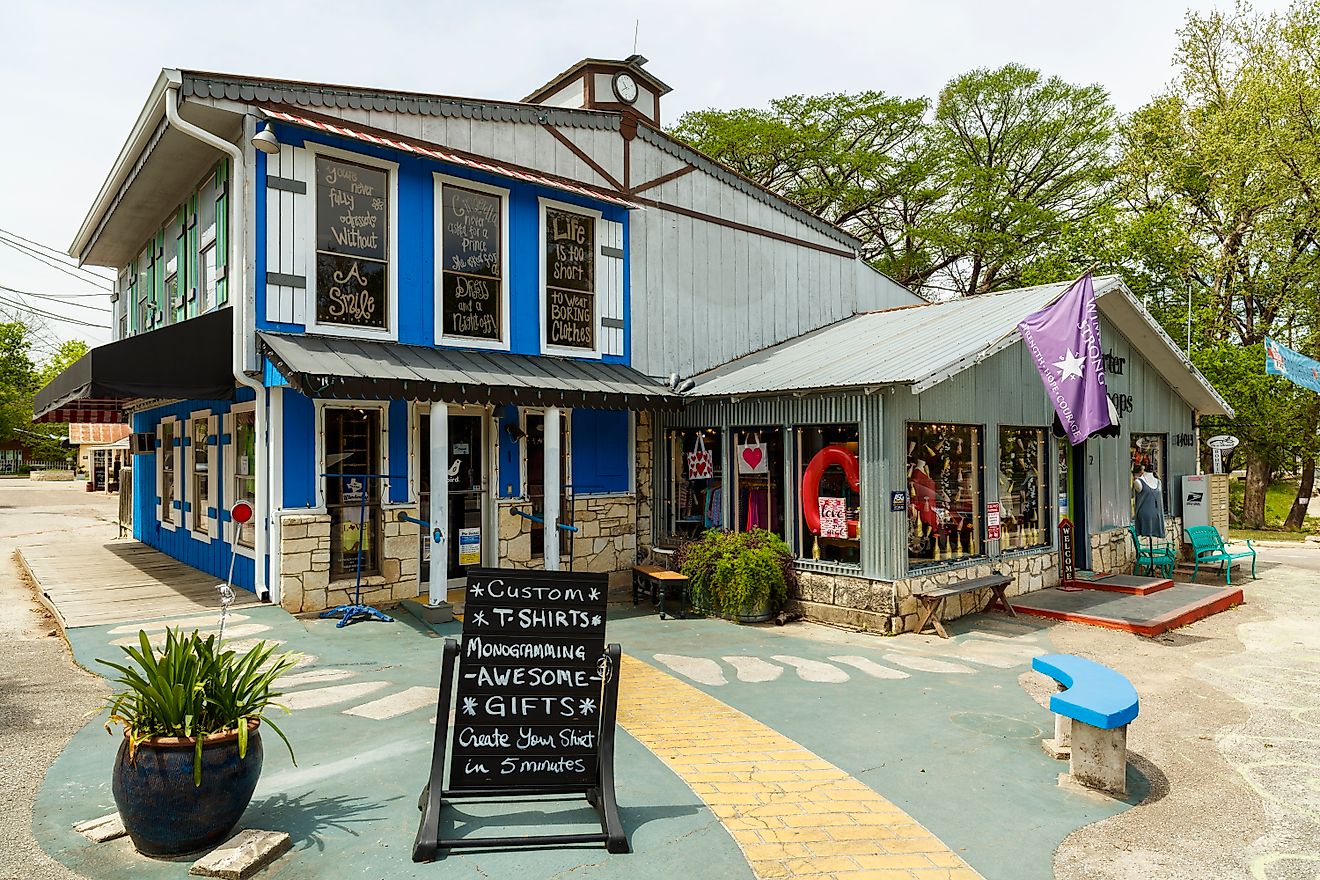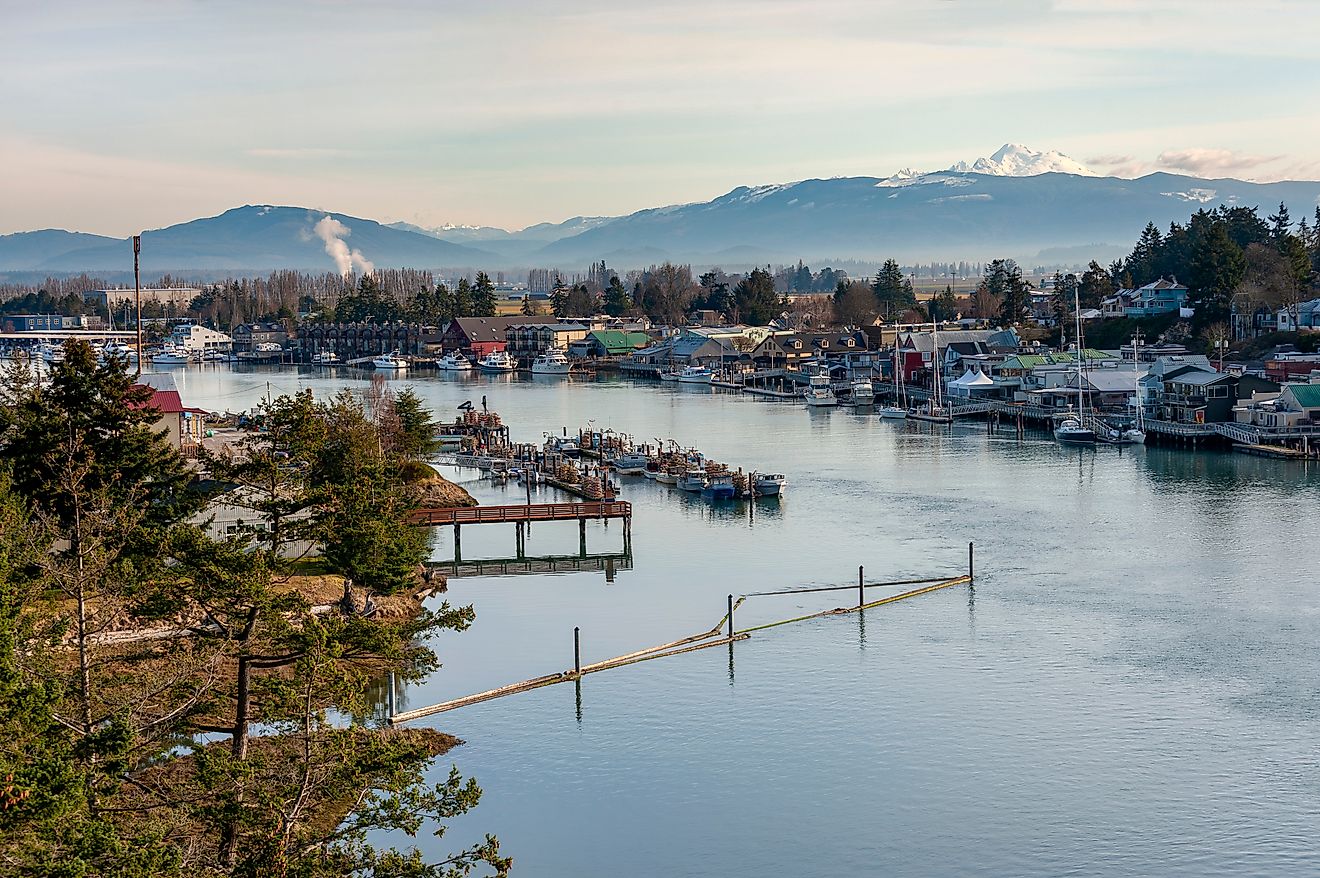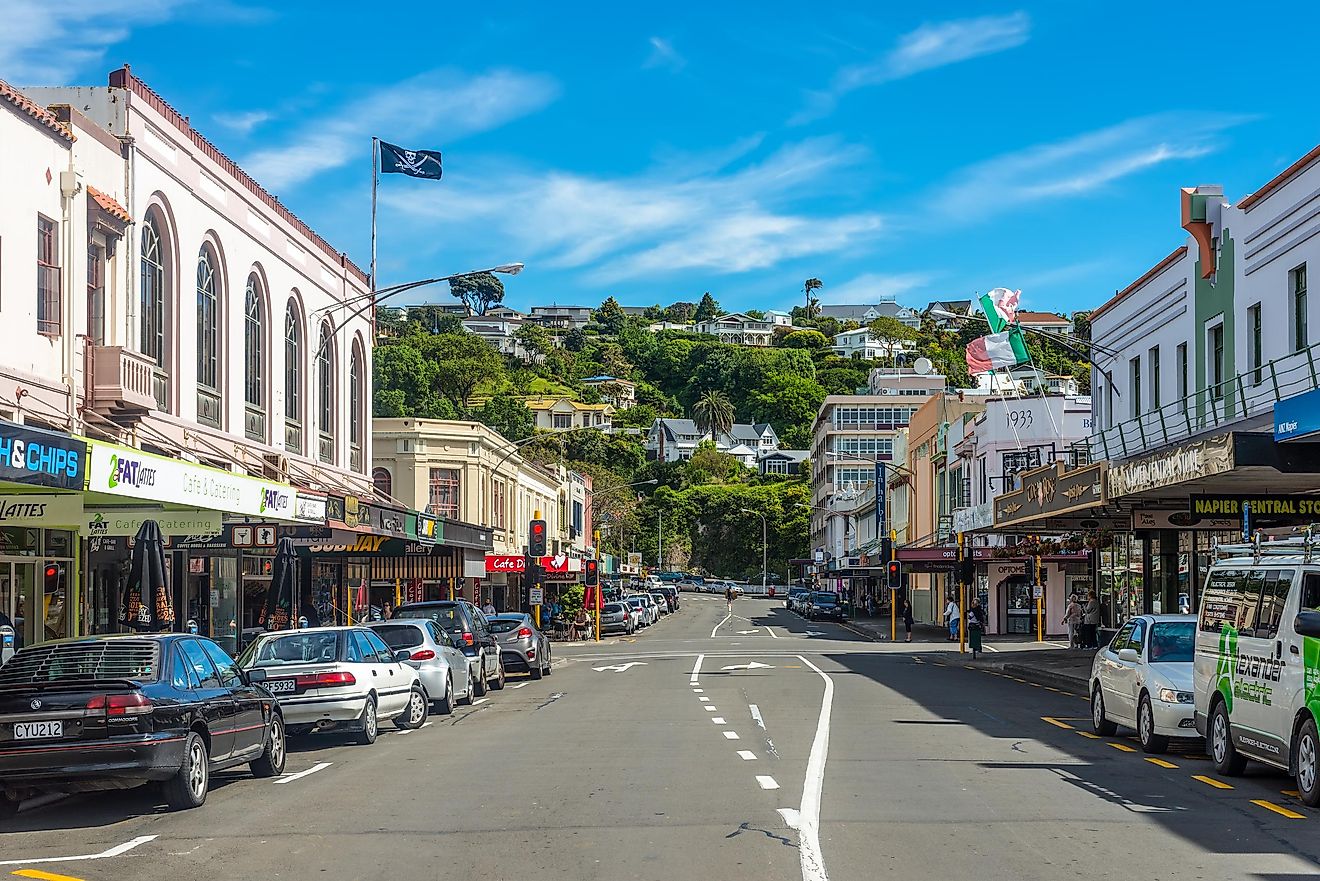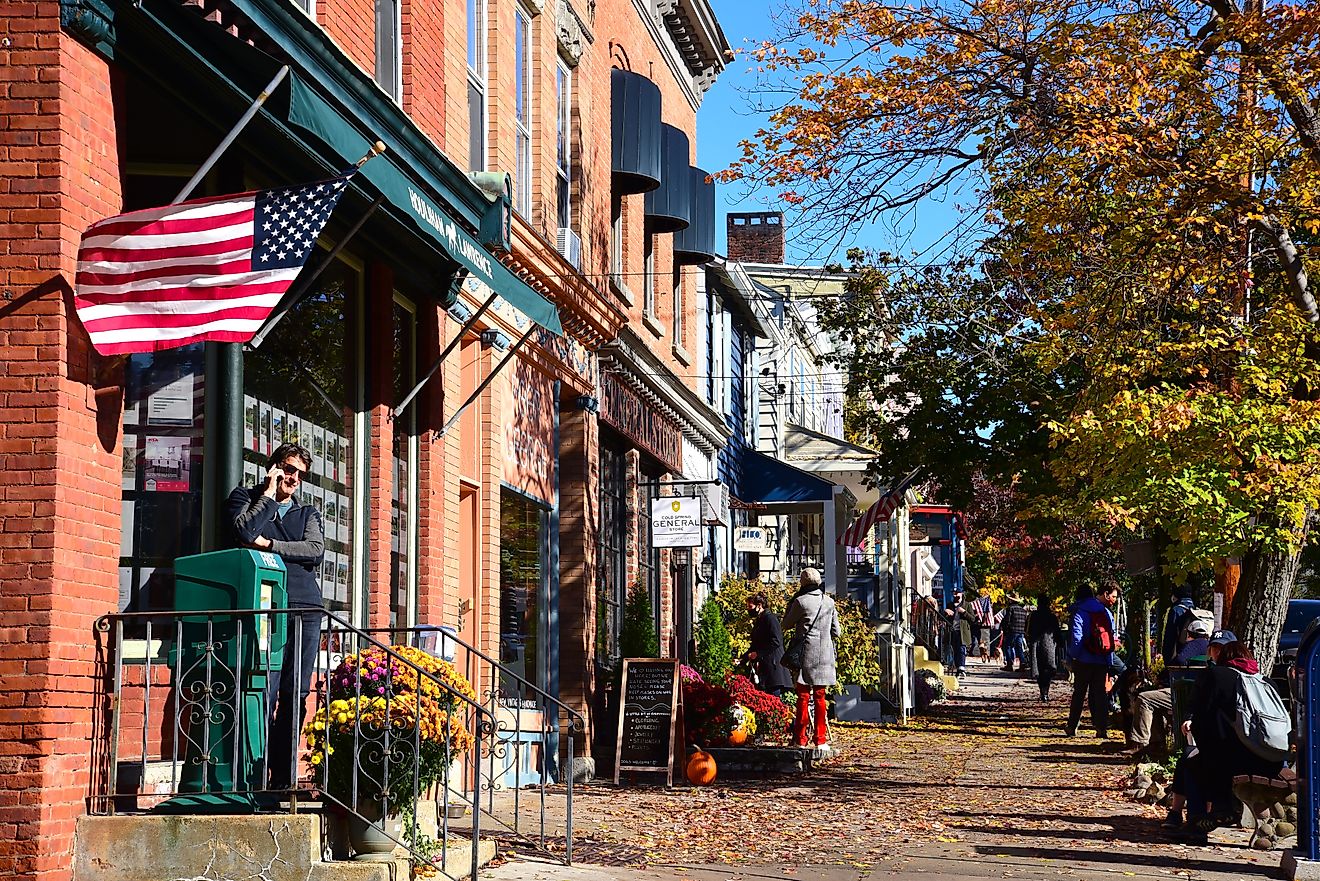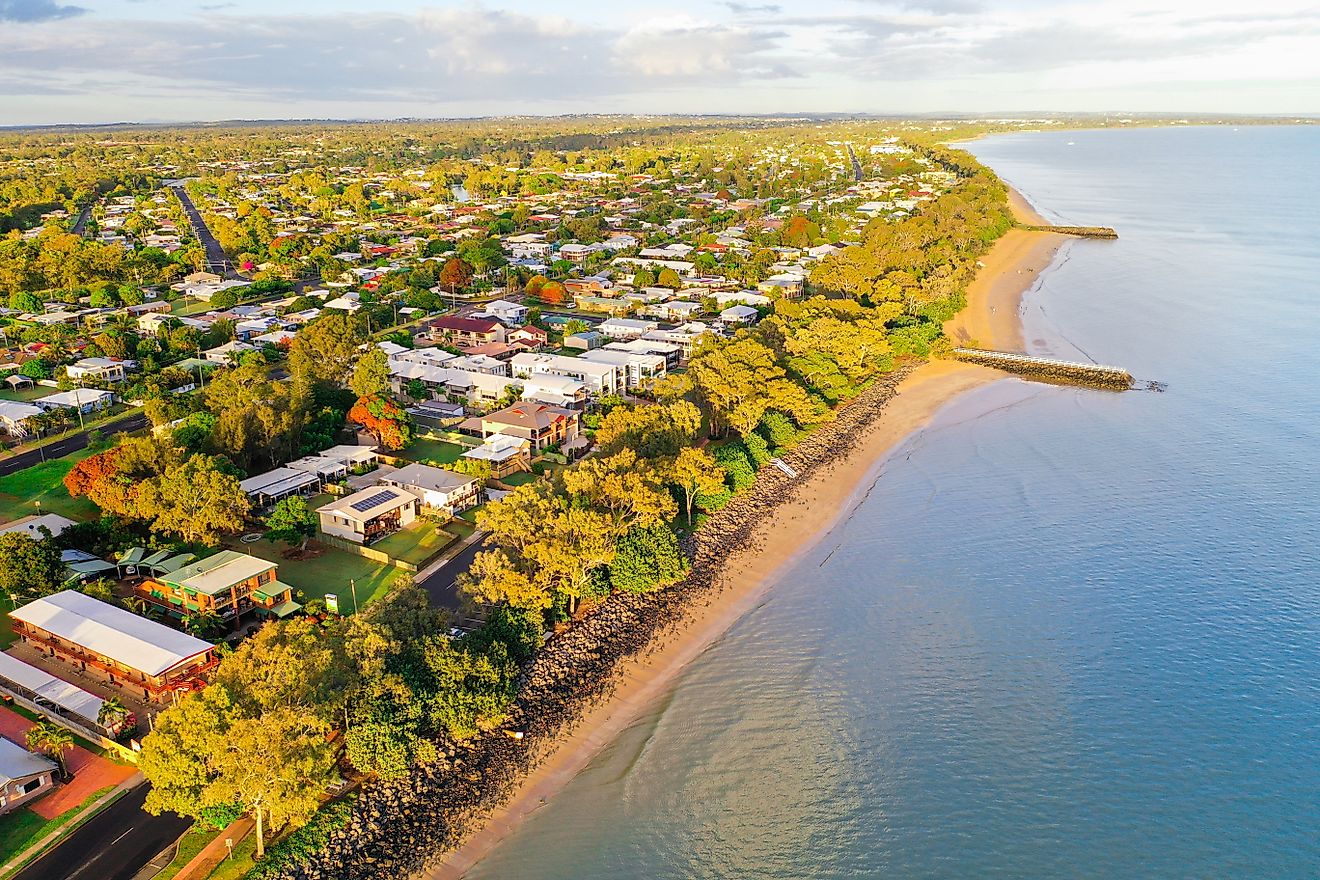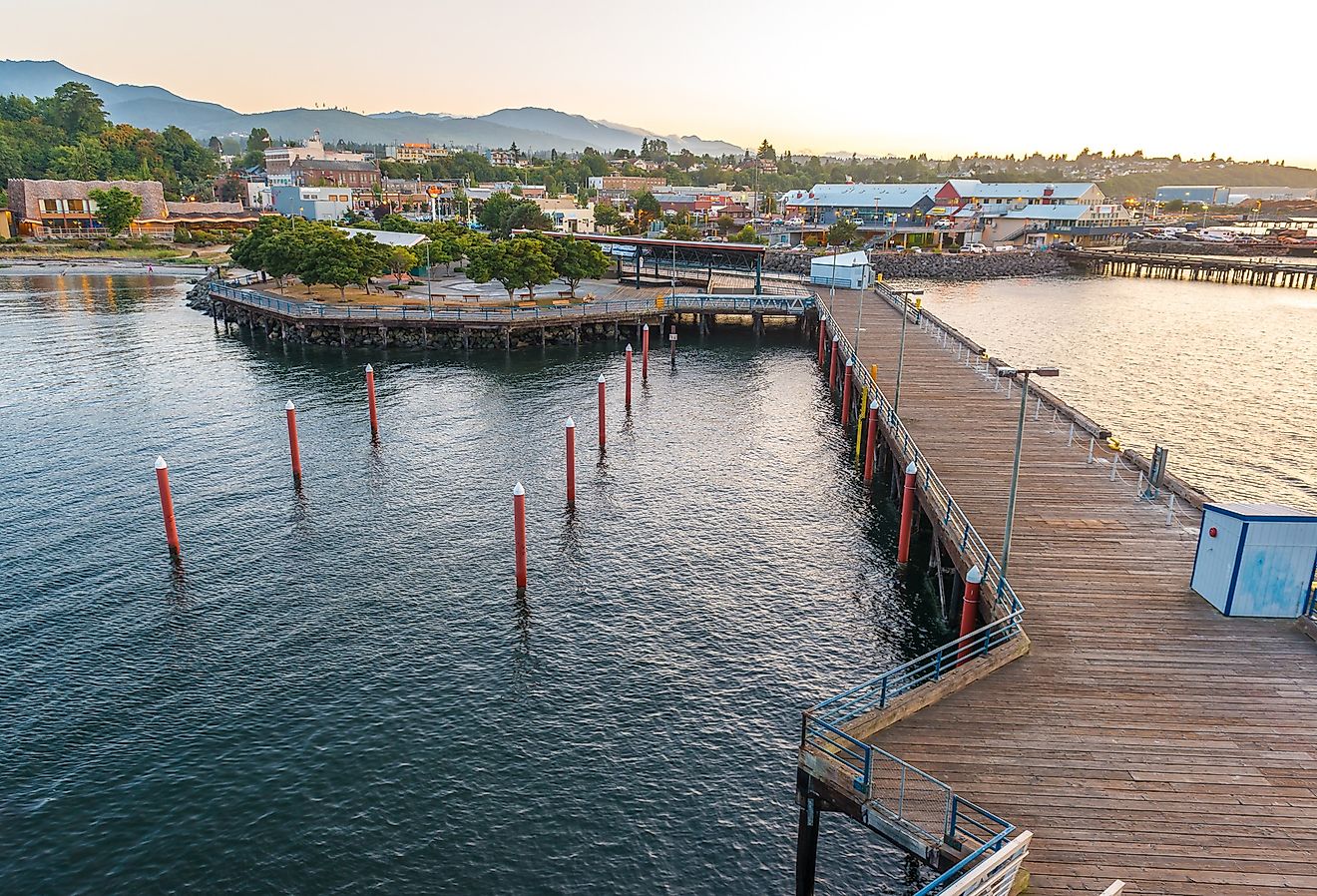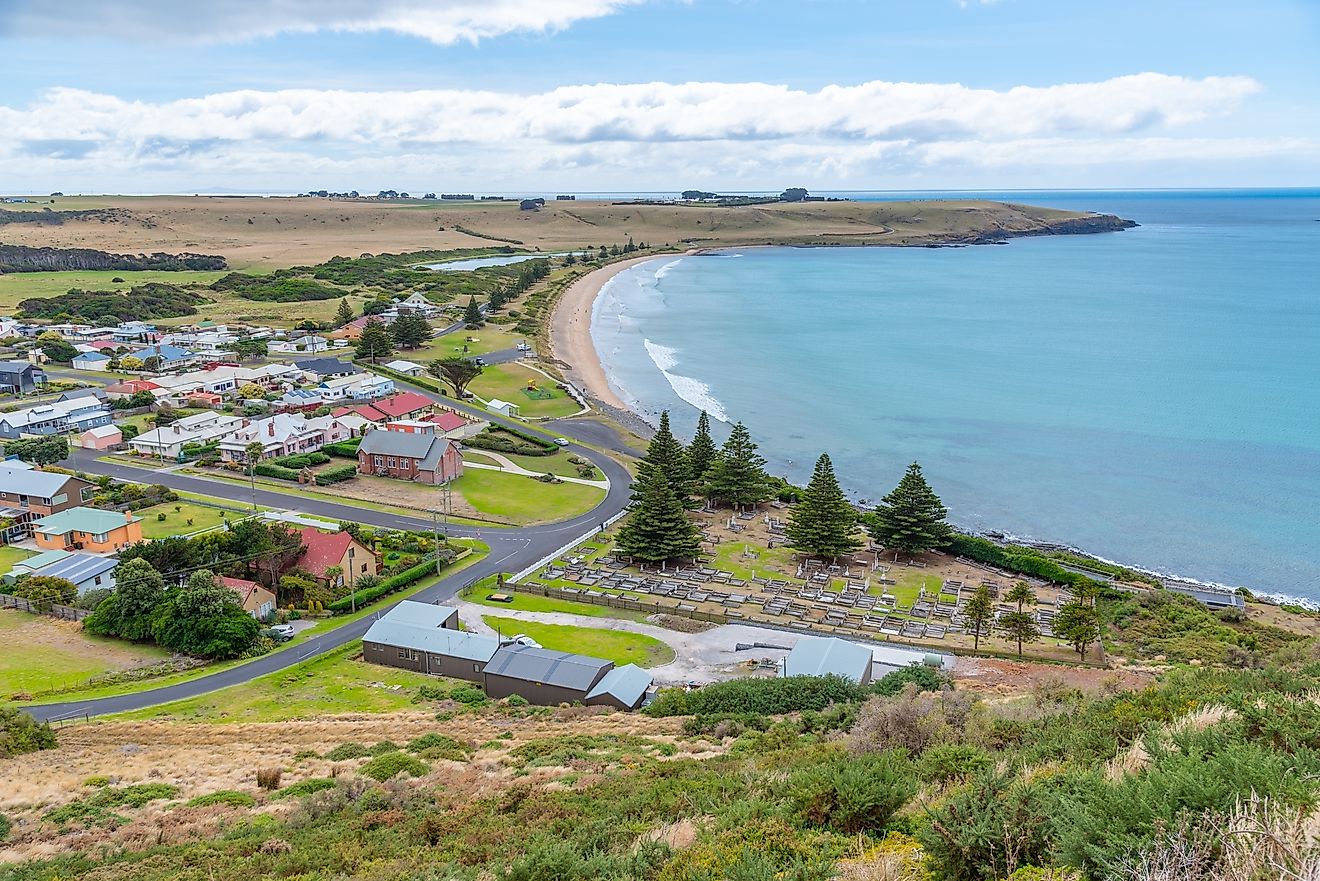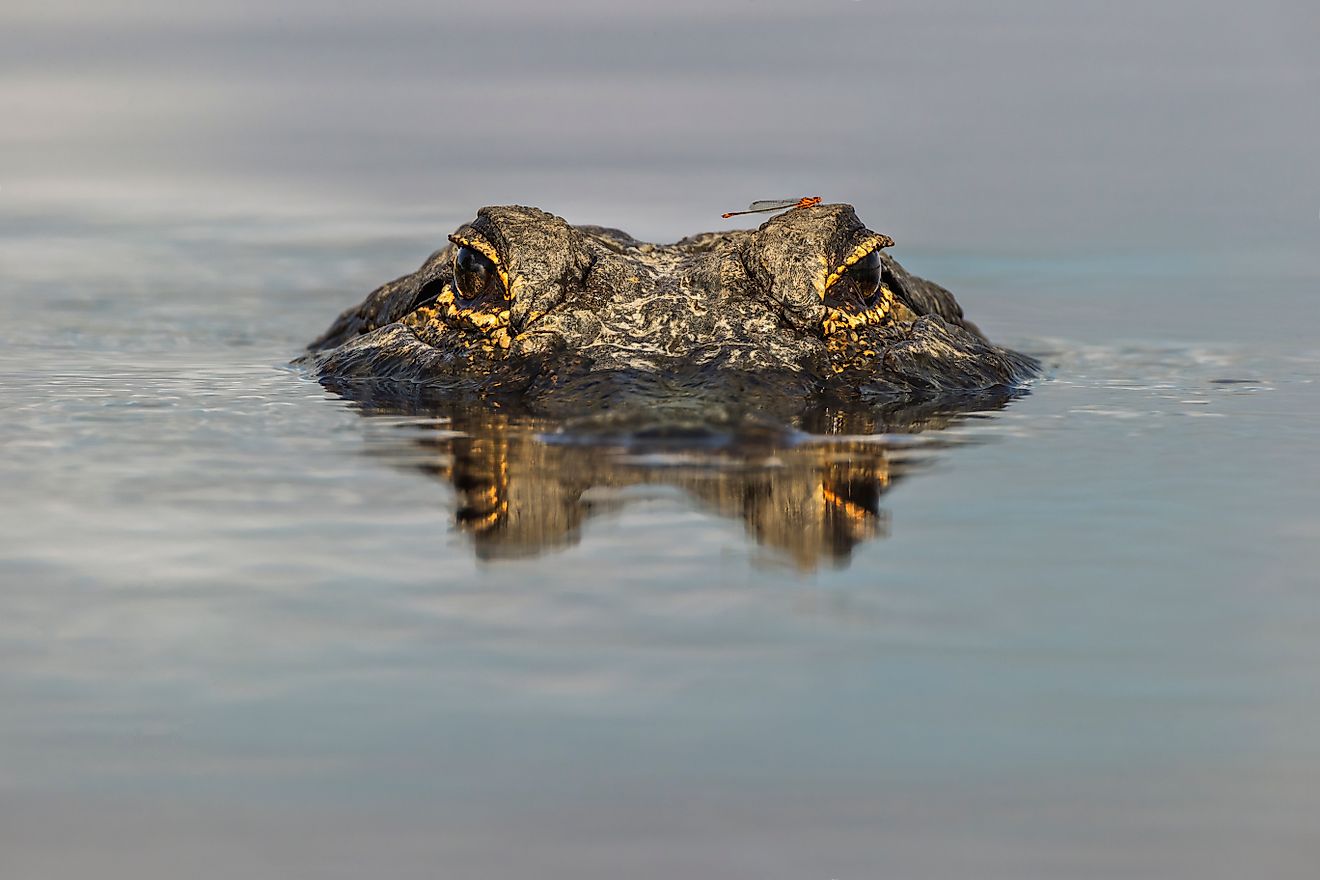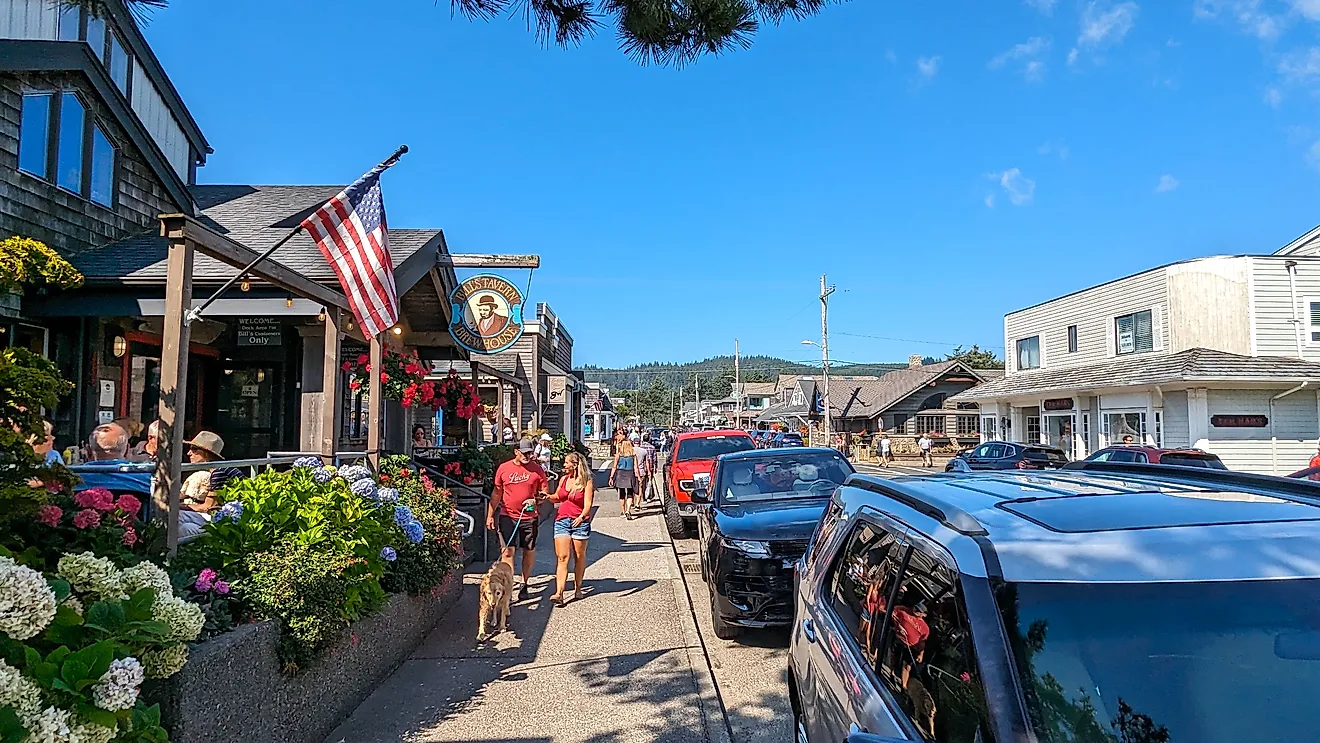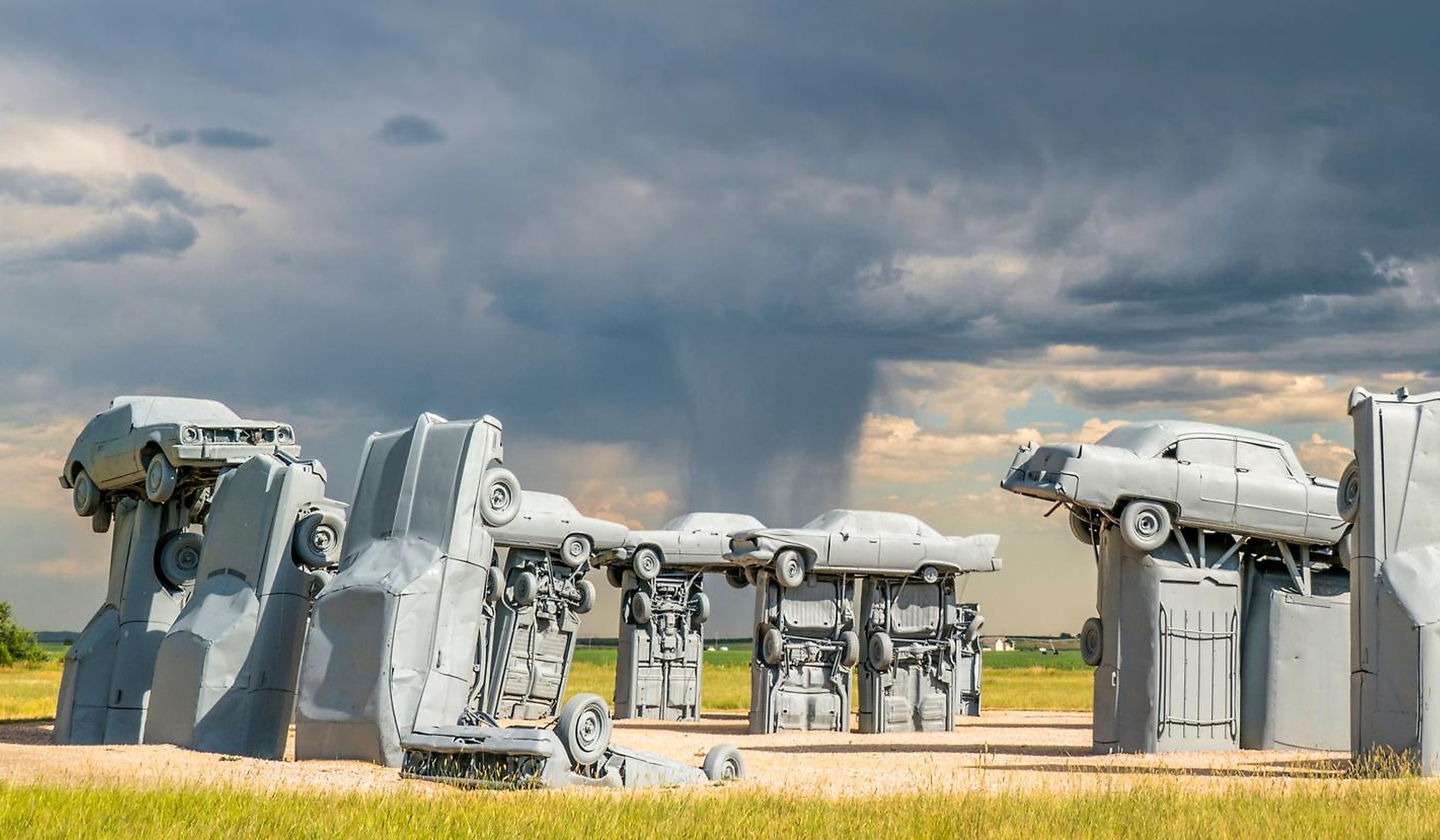
9 Offbeat Nebraska Towns To Visit In 2025
Near the geographic center of the mainland United States, Nebraska transitions from the western Rockies' fading shadows into the sprawling Sandhills and endless prairies. Over the past two centuries, the Cornhusker State has witnessed an extraordinary sweep of events and phenomena that have helped cultivate its reputation for eccentricity and quiet wonder. From bold replicas like Alliance's Carhenge mimicking the ancient Stonehenge to small-town legends surrounding Bigfoot whispered under starlit skies in Oakland, the state bears an undercurrent of unusual tales, quirks, and eccentricities.
Whether transforming heavy snowfall into community spectacles in Hemingford or surviving mysterious incidents like Beatrice’s gas explosion with no casualties, Nebraska's towns brim with stories that beckon travelers seeking more than just gorgeous views, these places comprise tight-knit residents sticking together by folklore and whimsy, thus standing as a testament to the state's unexpected and magnetic allure.
Taylor
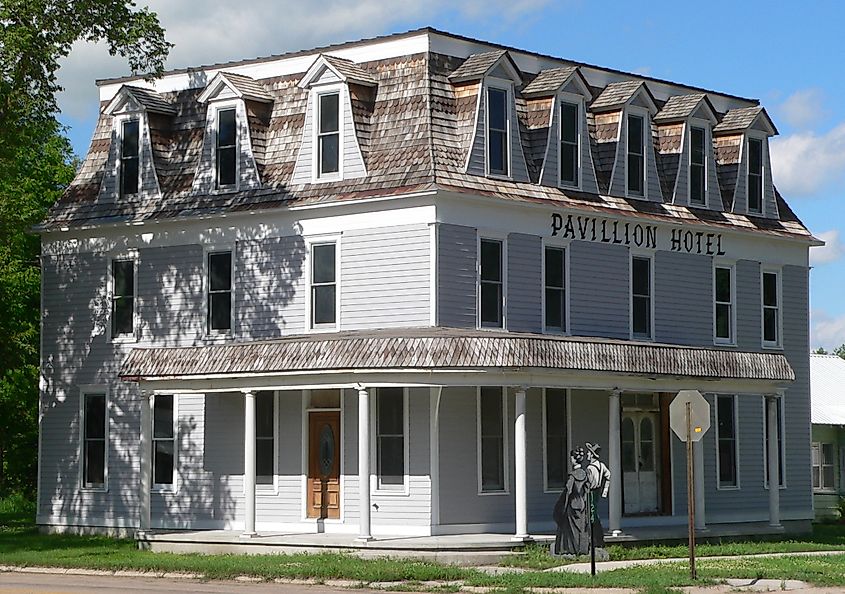
Once numbering over 300 nearly a century ago, the population of Loup County's Taylor has steadily eroded below 150. Yet this very trait stirred the internet’s imagination in the 2010s when people began noticing, and later creating memes about, the quirkiest detail to emerge from the Nebraska town. Artist Marah Sandoz has long been sculpting wooden people to inflate the population by the most eccentric means. These hundreds of black-and-white cutouts register as real citizens, complete with names, families, and daily activities, almost threading themselves into Taylor’s fabric. Funnily enough, the strategy looks to have tricked Google Maps, as its street view mode has blurred some of their faces.
The locale and Sandoz’s intention remain straightforward, aiming to reclaim the town’s lively spirit and summon echoes of its fuller days. Taylor also faces the North Loup River, crossing which, Calamus Reservoir and the surrounding wildlife area are not far to the northeast, serving as a popular recreational site for travelers. Beyond artistic flourishes, remnants of its legacy persist, such as The Pavilion Hotel downtown, a French-style structure from 1887. Though it no longer operates, the landmark retains a place on the National Register of Historic Places.
Ord
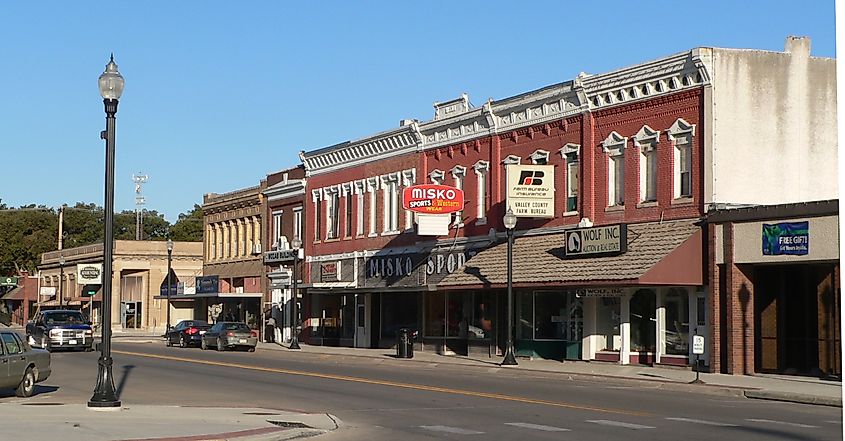
Most of Ord’s infrastructure resembles a geometrical notebook, with evenly distributed neighborhoods and streets emphasizing its name, two-thirds of which spell “odd.” This is not the town’s only eccentricity, as water bodies, old-school cornfields, breweries, and ranches dominate the vicinity. Hardenbrook Diversion Reservoir is a small lake that runs along the banks of the North Loup River. Crossing a river bridge leads to an inlet, namely Anderson Island, where birdwatching, swimming, jogging, and exploring the sand-bottom river come naturally.
The Ord Township Library stretches beyond typical expectations, celebrating Christmas with puzzles and lively activities crafted to spark children’s interest in acquiring knowledge. Valley County Fairgrounds’ various areas and exhibition halls host cultural gatherings throughout the year. Indoors, energy peaks at The Fabulous Accordion Festival inside The Golden Husk Theatre. This art deco center, with its chromatic arches and inlaid wooden decorations in the lobby, stands among a multitude of buildings echoing downtown’s architectural influences.
Monowi
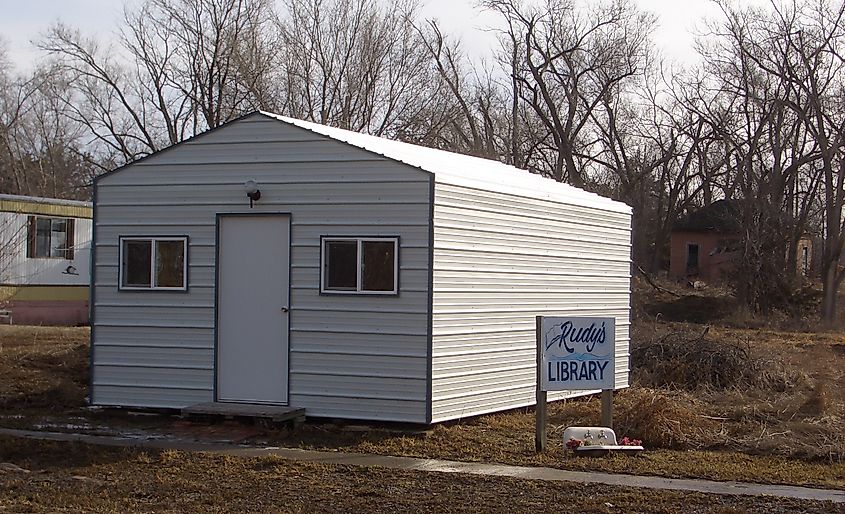
Monowi is an isolated town that lies between the Niobrara and Missouri Rivers, though no direct bridges cross either of them. The town loosely trails along the two waterways, with their confluence appearing 18 miles east in Niobrara. In this village, tourism and recreation are far more usual, particularly with Niobrara State Park pulling visitors. The most peculiar thing about Monowi is its population of exactly one, yet it still retains a mayor. Elsie Eiler, who simultaneously acts as its sole resident and administrator, is now in her 90s and has been living alone here since 2004. Townsfolk, particularly younger generations, gradually departed over time, though Monowi was always sparse, never hosting more than 150 people, even a century ago.
Mayor Eiler also manages Monowi Tavern, keeping alive the only business still operating, one her family had maintained since 1971. The tavern’s customers consist of passersby, farmers, and locals from neighboring towns, all welcome to chat with the iconic mayor herself. While there, you can also check out Rudy’s Library, a modest structure Eiler built in memory of her late husband. The information center, holding nearly 5,000 books, and the tavern face one another, standing as the only two functioning buildings in Monowi aside from the old Presbyterian Church.
Hemingford
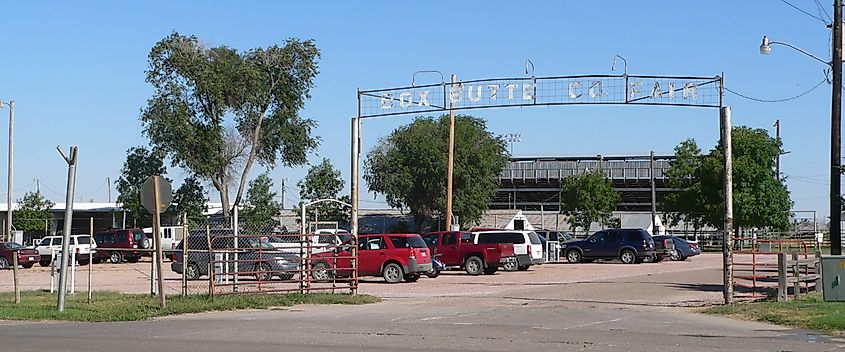
Nebraska, like its Midwest neighbors, does not lack snowfall, but Hemingford utilizes the frigid flurry to a peculiar degree. Each winter, the village’s annual snowball fight erupts, drawing crowds to hurl icy orbs in a frosty frenzy. Locals, measuring their town’s own, more fun equivalent of gross domestic product in snow per capita, also claim supremacy for crafting the most snowmen per capita. Streets morph into a whimsical gallery of white sheets, as volunteers, shovels in hand, clear away the snow after storms in a quiet ritual that reflects the village’s peculiar zeal.
Popular horror scribe Stephen King fashioned his stories' oft-used Hemingford Home after this village, itself christened for a Quebec municipality. Beyond snow spectacles, Hemingford attracts the curious twelve miles north to Box Butte Reservoir, a lake for fishing and picnics. Twenty miles farther, Nebraska National Forest and Chadron State Park safeguard rare creatures like black-footed ferrets and swift foxes, allowing one to catch rare glimpses. Southward, Alliance’s Carhenge, a quirky Stonehenge of vintage cars, calls for eccentric photo snaps.
Cairo
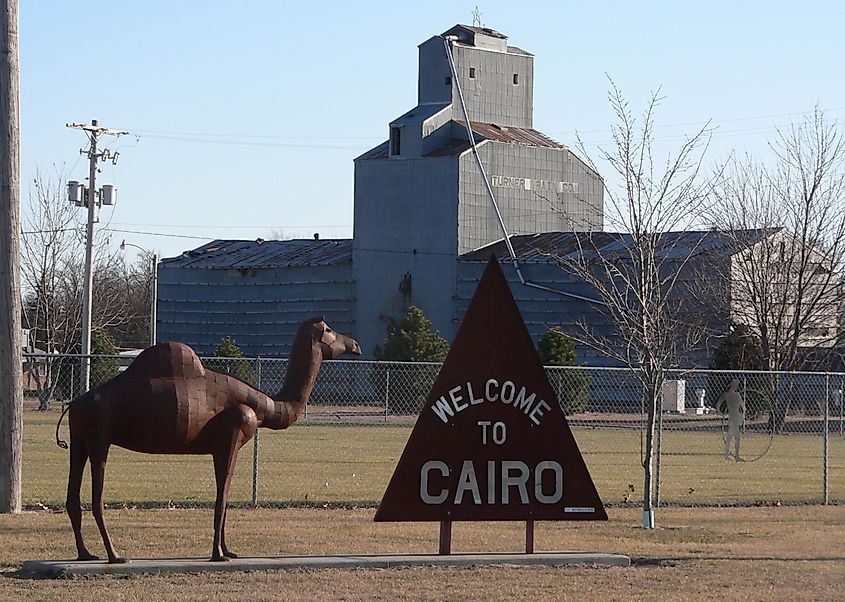
Cairo takes its name from the Egyptian capital, though its pronunciation reads “karo.” Ever since its inception in 1886, the village has resembled the footsteps of the Arabian nation, with neighborhoods adopting nomenclature from Egypt and the Arab world. Little streets across the town bear names like Alexandria, Suez, Mecca, and Nile, keeping the Arabian connection alive. Locals often regard Cairo as an oasis for its fertile land within Nebraska’s prairies. Yet this reputation also arises from the surrounding Sandhills, whose dry, grass-covered surface resembles a desert, much like the Sahara in Egypt. Cairo also constitutes a part of Grand Island’s micropolitan statistical area.
The Cairo Roots Museum operates inside the village’s community center. Though it does not carry Egyptian mummies, its exhibitions firmly consolidate ties to Nebraska’s own expansive history, such as George Russell selling his estate for twenty dollars an acre, and the Burlington and Missouri River Railroad later acquiring it. Furthermore, Solon Borglum, brother of the Mount Rushmore sculptor Gutzon Borglum, practiced his art on these very prairies, laying early impressions that would later influence his brother’s monumental vision. With history blooming from all around the globe, Cairo remains a distinctive mosaic upon Nebraska’s land.
Lemoyne
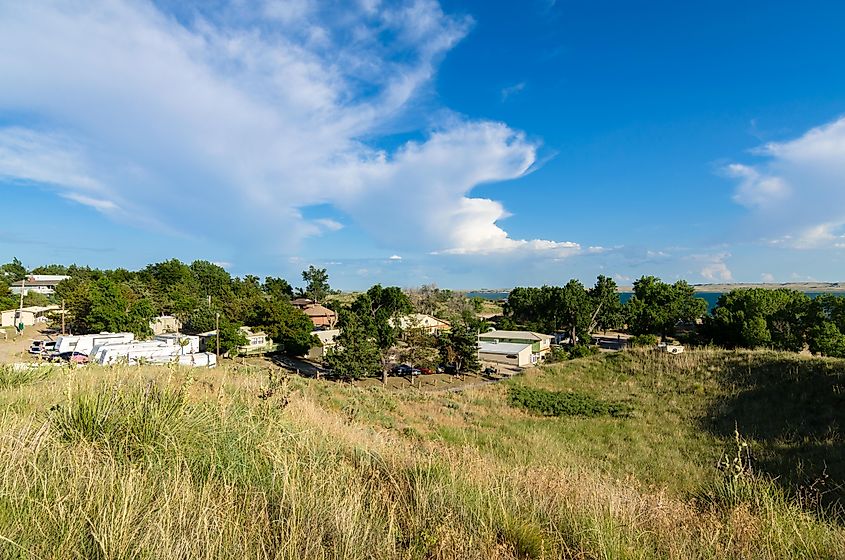
Lemoyne, formerly New Lemoyne, is an unincorporated lakeside community with a significantly deep history that rests beside Lake McConaughy. Barely eleven miles west of Lake Ogallala, the town flourishes in flora and fauna, attracting visitors with one of the many canyons, recreation, and wildlife management areas surrounding the two ponds. However, such wasn't always the case, as Lemoyne was far more agriculturally driven in the North Platte Valley than its water romping conveys. Established in the early 20th century, the community brought modest economic prosperity to Keith County and the area north of the South Platte River, flourishing briefly before declining by the 1930s. The construction of Kingsley Dam led to the creation of Lake Mac, which submerged the original town site under approximately 50 feet of water.
Exuding a Hollywood Western-like spirit of rebellion, rather than disband, the resilient residents relocated and rebuilt Lemoyne on higher ground nearby. Today, while the original town ranges beneath the lake's waters, the relatively new Lemoyne, witnessing water from three sides as an inlet, continues to honor its roots as a hub for fishing, boating, and tourism. The town, in addition to tourism and a pleasantly startling history, stands as a mark of its community's determination to persevere despite the setbacks. Moreover, the 2000s drought and exceptionally hot summers witnessed the water levels receding to lift the veil on glimpses of remnants, including building tops.
Beatrice
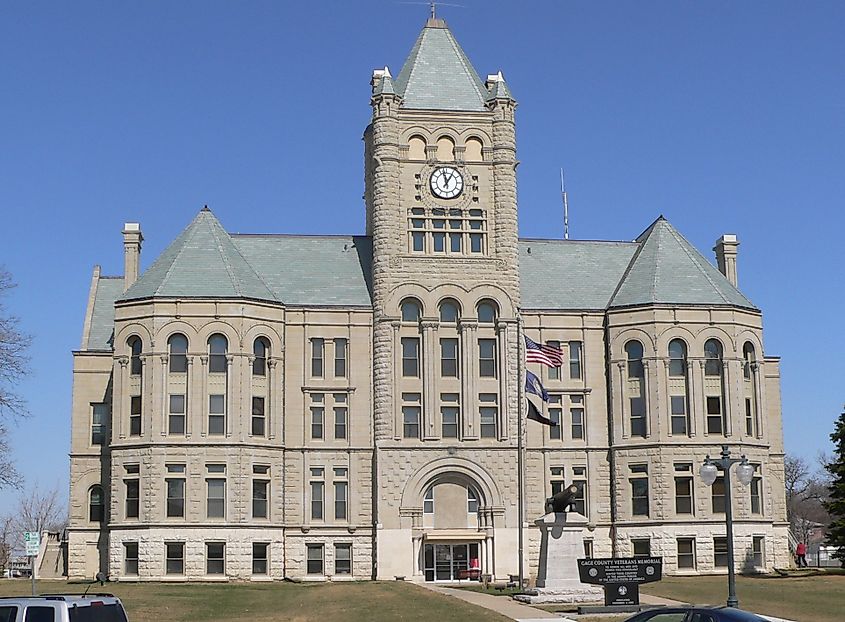
Beatrice stands as another Nebraska city whose foundations were dramatic, thrilling stories of survival. Until the late 1850s, no settler lived in the region, but then the steamboat Hannibal, carrying around 300 prospects, was stranded on a sandbar up the Missouri River. Not all passengers stayed together, but three dozen made a pact to unite and form Beatrice. They manifested this dream soon after reaching the Big Blue River Valley, later rendering it Gage County’s administrative seat. Within three decades, the population soared past 10,000 and remains well above that in the present. Such tales persisted long after the town’s inception. Beatrice witnessed another miraculous phenomenon in March 1950 when a gas explosion almost destroyed a church. Fortunately, no casualties occurred, as all the attendees were more than five minutes late for their scheduled choir practice. This incident has registered itself as one of the state's most flabbergasting unsolved mysteries.
Not only stories but landmarks in Beatrice also remain registered in history books, like the Gage County Courthouse, a site recognized by the National Register of Historic Places. Alongside this Romanesque architectural structure, Homestead National Historical Park stands as another homage west of the city boundary, while within city walls, Gage County Museum recounts the past of everything from Dempster windmills to the food conglomerate, Beatrice Foods. The building, the first Neo-Classical Revival architectural style on the Burlington line, is just as delightful from the outside. Alongside Big Blue River from the south, its subsidiaries Bear Creek and Indian Creek fully encompass the city into a safeguarded fortress.
Oakland
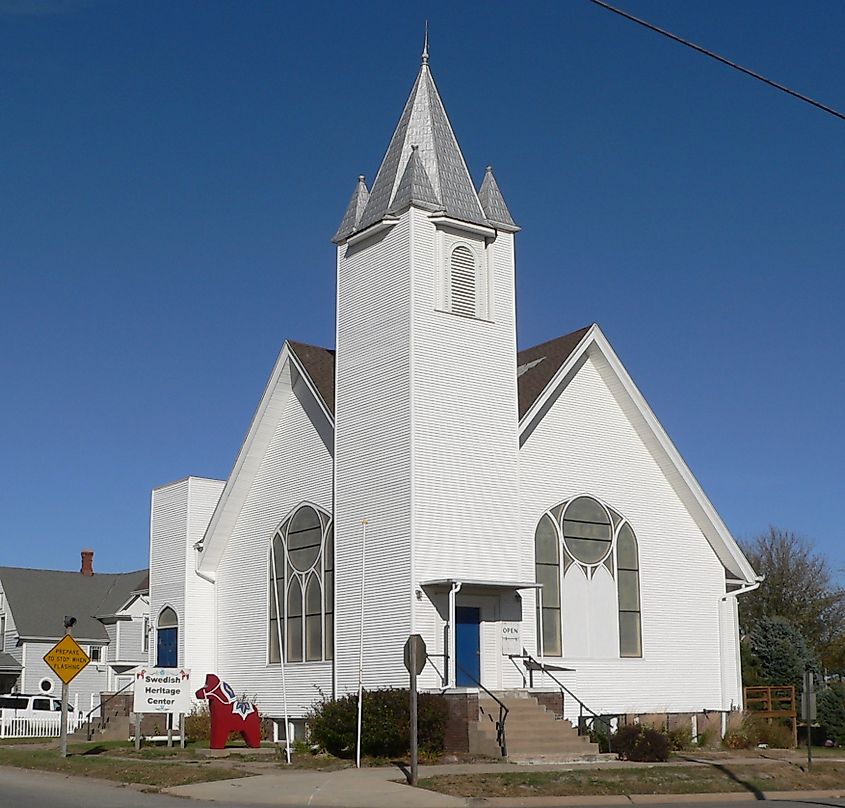
Oakland fuses mythology and heritage in a fashion few small towns can rival. The town finds itself tied to the Bigfoot legend, known to the Omaha tribe as Ci’tonga. During the 1970s, Oakland surged into the spotlight when a local couple reported seeing a towering silhouette near their farm. Their account soon multiplied as other residents described encounters with a figure exceeding six feet, bearing a bear-like body and a primate-like face. These reports ignited organized search parties and widespread conjecture, contributing to Bigfoot lore. Although zoologists dismissed any existing creature fitting such descriptions, the legend of the "Oakland Creature" still courses through the town’s alleys, linking it to broader Bigfoot folklore, including institutions such as Nebraska's very own Bigfoot Crossroads of America Museum in Hastings.
Yet Oakland’s identity carries more than scary encounters. It equally cherishes a lighter, prouder identity that celebrates its deep Swedish lineage. This reverence materializes in the Swedish Heritage Center, which, inside a former Swedish Covenant Church, exhibits artifacts, traditional garments, and Swedish crystals from the earliest Swedish settlers. The landmark’s commitment to preserving its Scandinavian ancestry becomes further perceptible through occasional festivities, including the Midsommer Festival, modeled after Sweden’s second most celebrated tradition, Midsummer. Held in June, the event brings native flavors to life with dishes such as Swedish meatballs and the beloved Swedish strawberry cake.
Alliance
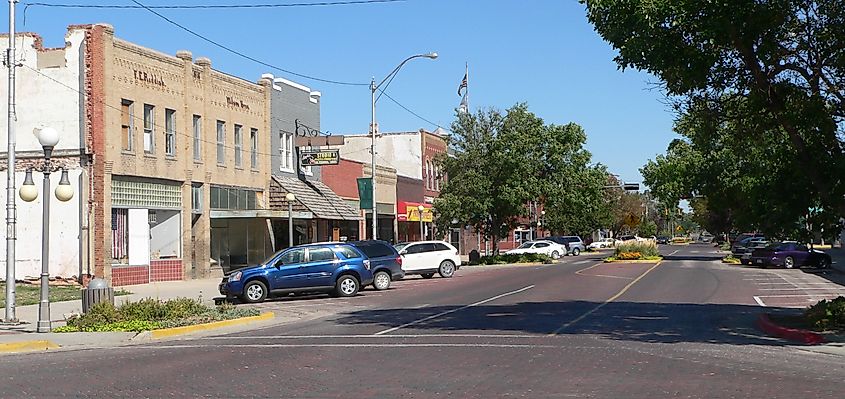
Alliance immediately greets visitors with Carhenge, a full-scale replica of England’s Stonehenge assembled from vintage automobiles. Jim Reinders, who studied Stonehenge's design while living abroad, animated his structure by planting cars upright into the soil and welding them into ancient formations. Travelers often capture the scene, where sun-bleached car frames rise against the Nebraskan plains, blending a sense of ancient mystery with American roadside creativity. Carhenge also stands out as an unmistakable sight across the grassy Sandhills.
Inside the city, the Alliance Knight Museum defines its historical character across five distinct realms. Life in the Sandhills highlights the early settlers’ resilience through concrete-reinforced structures, while Native American Life preserves traditions inside the Heritage Room. Life in the Country, Life in the Town, and The Railroad complete the experience, showcasing agricultural ingenuity, civic foundations, and the influence of the Chicago, Burlington, and Quincy Railroad. The founders, who were part of the latter business, initially named the settlement Grand Lake despite the fact that there was no natural lake in sight. They later shifted to "Alliance" to gain alphabetical advantage for commerce and growth.
Where the Wild and Wonderful Meet in Nebraska
The soul of the Midwest, Nebraska cascades across prairies, Sandhills, and river valleys with a character as enduring as it is surprising. Beyond the freeways and golden fields, places like Oakland fascinate with legends about mythical animals, while Monowi, whose Mayor Elsie Eiler symbolizes small-town tenacity, translates isolation into power. Not far away, the perished past of Lemoyne grumbles and lives on from beneath the vast stretch of Lake McConaughy, while the personalized populations of both Taylor and Hemingford actualize imaginations in a world chasing sincerity.
In a landscape often mistaken for mere simplicity, Nebraska's quirks make it a treasure trove for intrepid travelers in 2025. From the snowmen armies to Swedish and Egyptian legacies, the Tree Planter State exemplifies for the world how to proudly embrace its peculiarities while serving as a magnet for adventurous tourists in 2025.
